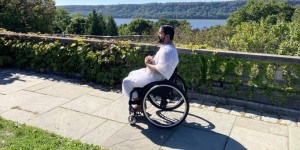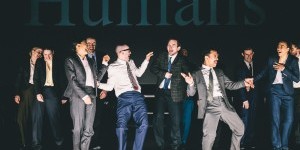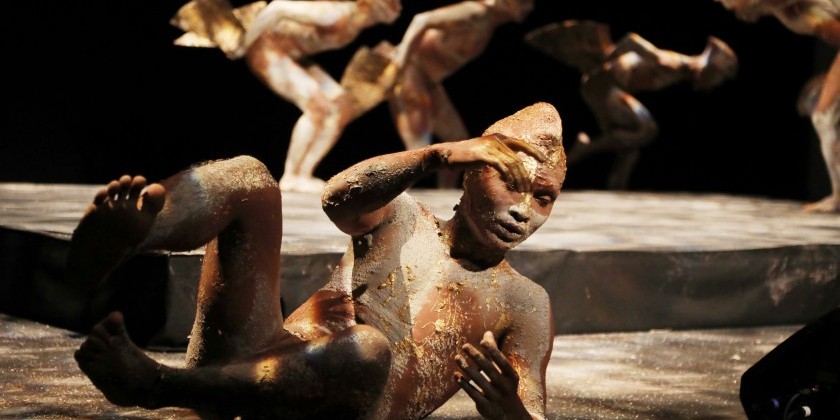IMPRESSIONS: Ballet Julien Lestel in the Paris Premiere of "Rodin" at the Salle Pleyel
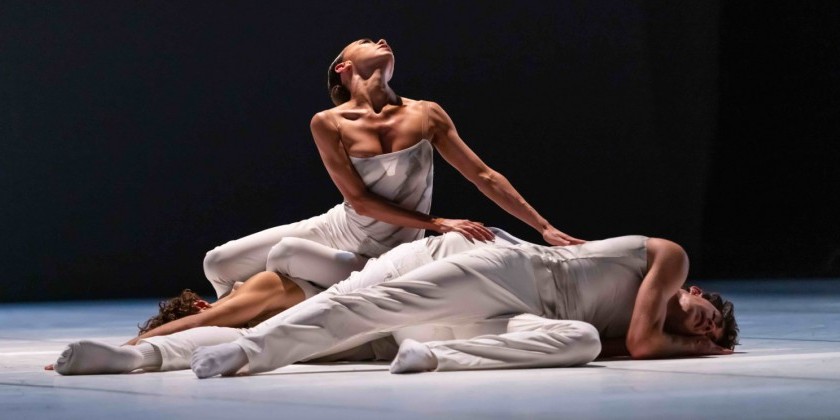
Performed by Ballet Julien Lestel
Choreography: Julien Lestel
Music: Ivàn Julliard, Kerry Muzzey, Ólafur Arnalds, A Winged Victory For The Sullen
Costumes: Patrick Murru
Lighting: Lo Ammy Vaimatapako
Assistant Choreographer: Gilles Porte
With the Dancers: Eva Bégué, Titouan Bongini, Florent Cazeneuve, Maxence Chippaux, Jean-Baptiste de Gimel, Roxane Katrun, Inès Pagotto, Louis Plazer, Mara Whittington
Guest Artist: Alexandra Cardinale
February 9, 2023
François Auguste René Rodin or simply "Rodin" is synonymous with sculptures that capture the vitality of the human body, its emotions, intensity, musculature and movement in the motionless solidity of metal, marble, plaster and even jade. In the première of Rodin, choreographer Julien Lestel reverses this process, setting Rodin’s art into motion. There are references throughout the dance to many of this great sculptor’s works, including The Thinker (Le Penseur), The Kiss (Le Baiser), and The Crouching Woman (La Femme accroupie), which Lestel uses to springboard into a universe of his own making.
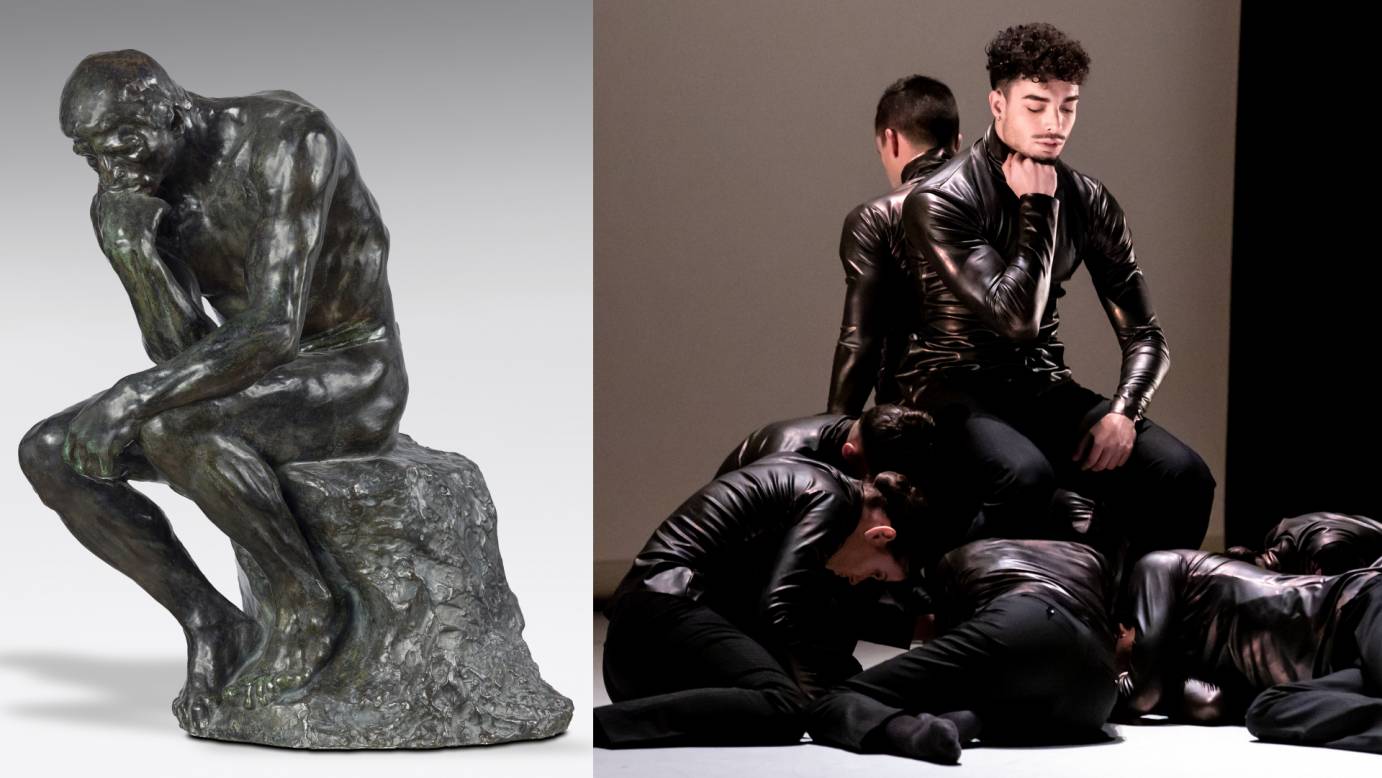
The curtain opens on a line of dancers walking forward and back along the diagonal to the steady beat of a synthesised drum. Pivoting sharply, they continue. A corridor of white light envelops them, highlighting the many dark folds in the vinyl-like fabric of their shirts, bringing to mind molten metal. Walking permeates this piece, as does the binding of arms — behind the back, over the head, tight against the chest. I had forgotten how many of Rodin’s sculptures are armless. His Walking Man (L’Homme qui marche), which inspired this opening section, has neither arms nor head, and an impossibly long stride. As the dancers take giant steps together, staccato stabs through space, they convey a sense of tightly bound sensuality.
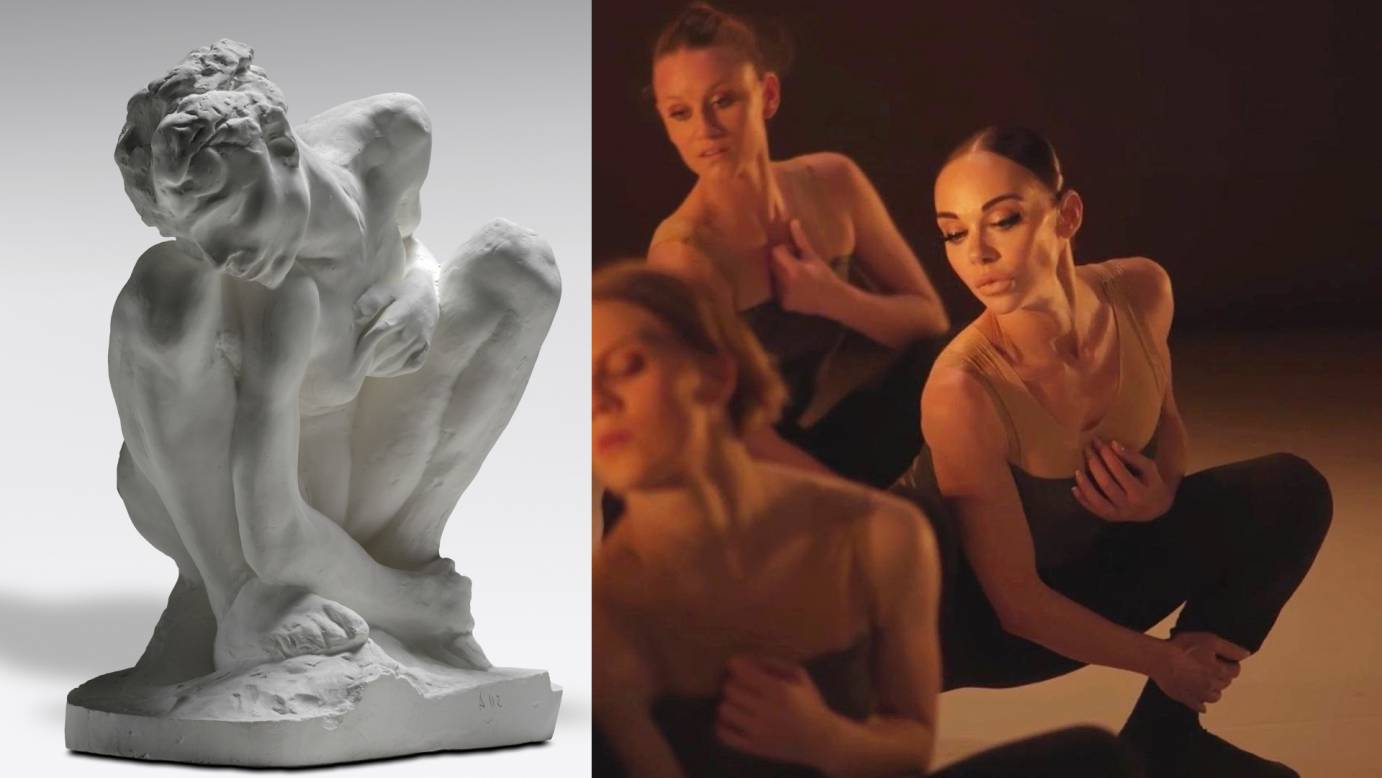
There are many beautiful lyric moments, particularly in the duets peppered throughout the work. Dancers entwine and thread through the empty spaces created by the fold of an arm, the curve of a torso, the cupping of a hand or the hollow of a neck. These sinuous, coiling patterns are executed at high speed, and while the dancers' luscious elasticity is evident, we are not given the space to really savour it.
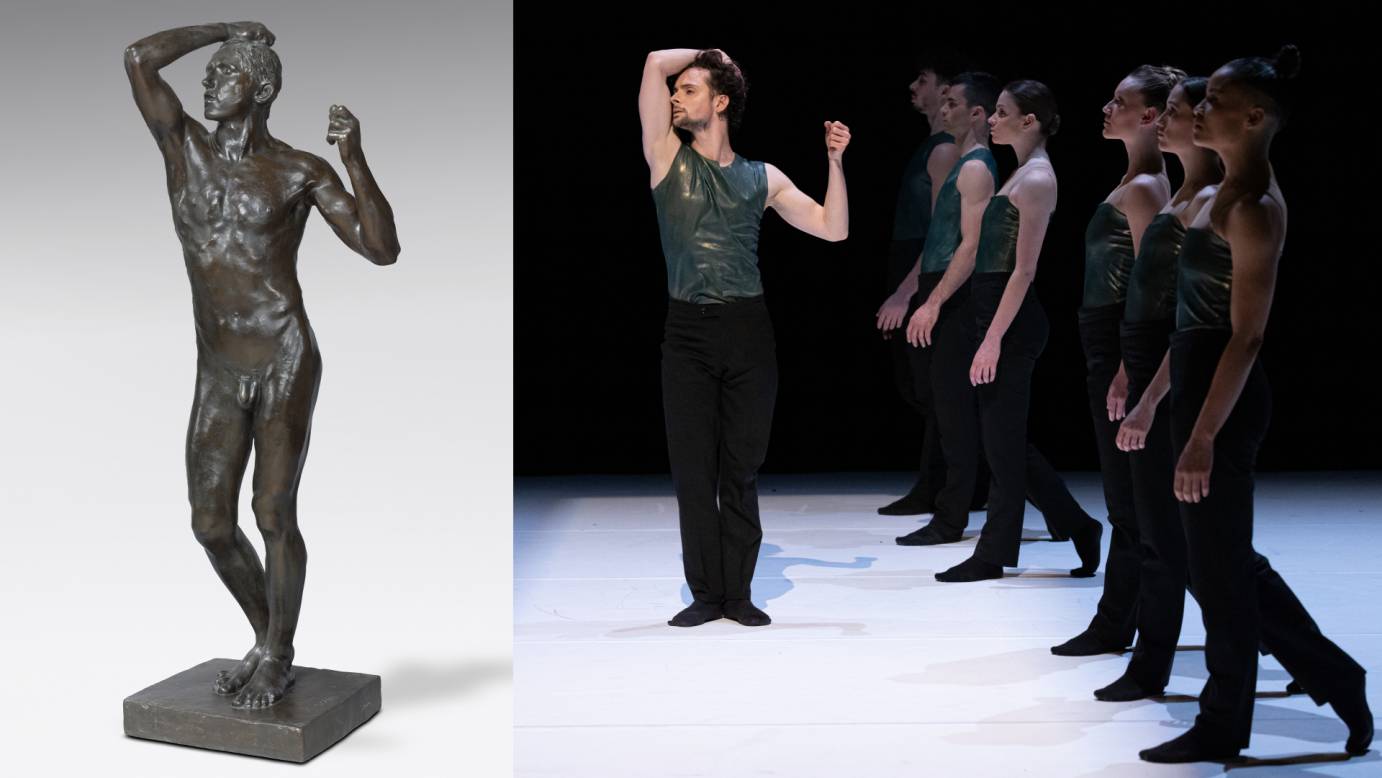
Rodin's sculptural figures often remain partially trapped within the materials they are made from. Accordingly, Lestel huddles groups of dancers in black or white or beige costumes into an amorphous mass, creating the illusion of raw bronze, marble or flesh. From this foundation, individual dancers emerge to arch, perch, roll, lay out or ascend, both supported and constrained by their own source.
%20PLEYEL_1464967%20rec.jpg)
These bodies stay closely bound to one another, so we see only a few free extensions and very little space between flesh. What might be a bouyant lift stays weighted by legs that stretch directly downward toward the earth. This too is true to Rodin’s work, but it does not play well in the Salle Pleyel, an elegant Art Deco theatre seating almost 2000 people. The intricacies of the movement are lost at this distance, and I find myself wishing for more sidelight, and more negative space between bodies to better discern the tangle.
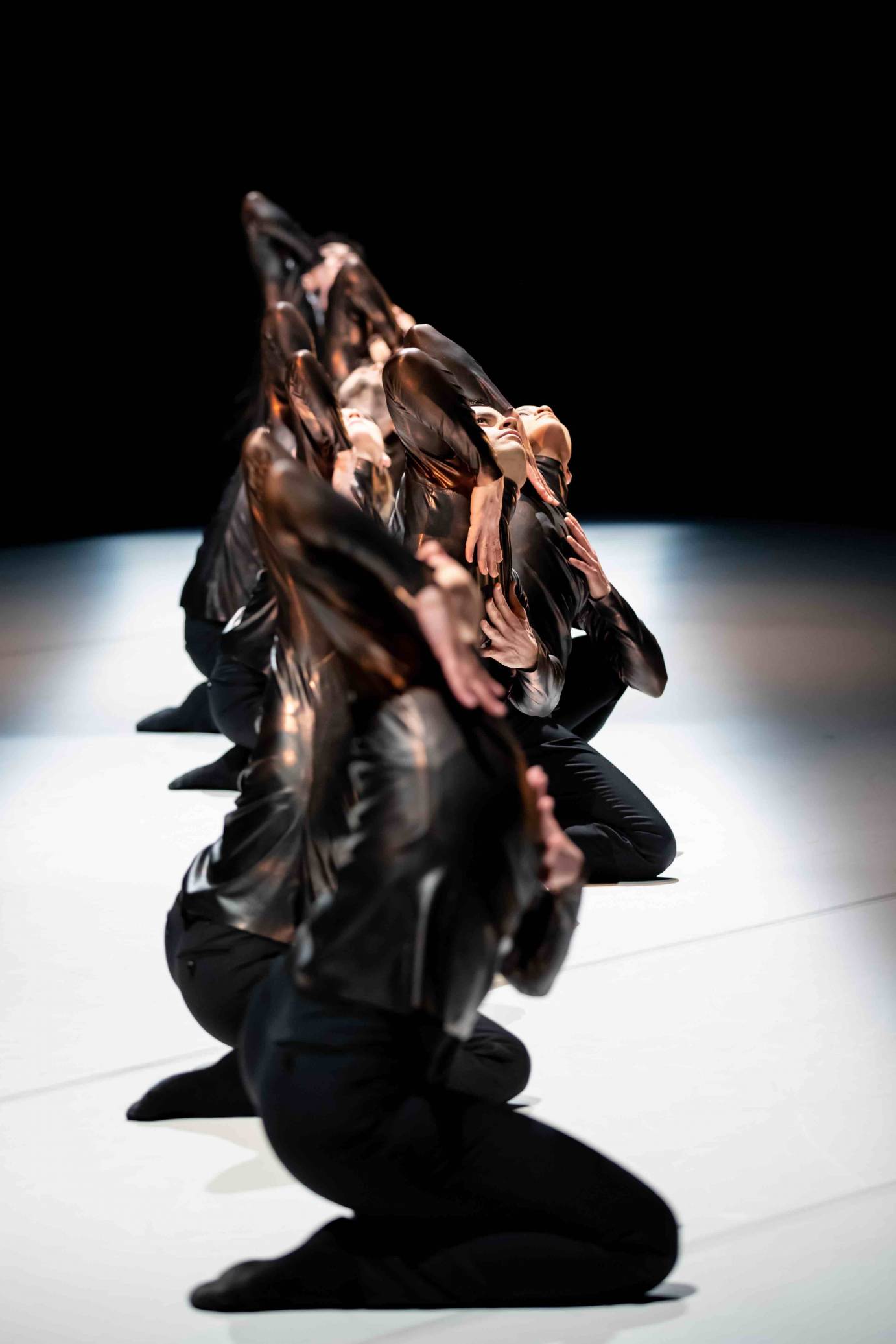
The recorded music is powerful, varied, often poignant, and full of emotion. While the dancers are highly talented, their deep, unbridled passion is lost as bodies overindulge intense feeling, like when they arch their heads too far back in extremis. While Rodin’s sculpture often benefits from this kind of distortion, it does not work in this dance at this distance. It was also distracting that sections clearly intended to be in unison were full of small variations in timing, angle of limbs, or spacing.
Choreographer Julien Lestel and guest artist and producer Alexandra Cardinale began working with the Musée Rodin in 2021 during the Covid confinement, developing a web series of nine dances performed alongside Rodin’s sculptures. The concept is wonderful, and from what I could see, the videos of the original dances at the museum work beautifully. The closeness and speed of the dancers do not keep us from seeing the dance in this intimate format, and the sense of boundedness is better understood situated in close proximity to the statues.
%20PLEYEL%20_1465453%20rec.jpg)
This evening-length stage production is a continuation of the initial video project and will continue touring France with a series of one-night-stands. Translating a dance from film to grand format like this is possible, but it requires shifting perspectives and adjustments. It really should not take much to work out the minor kinks in this vibrant dance that remains unerringly true to Rodin’s work.




